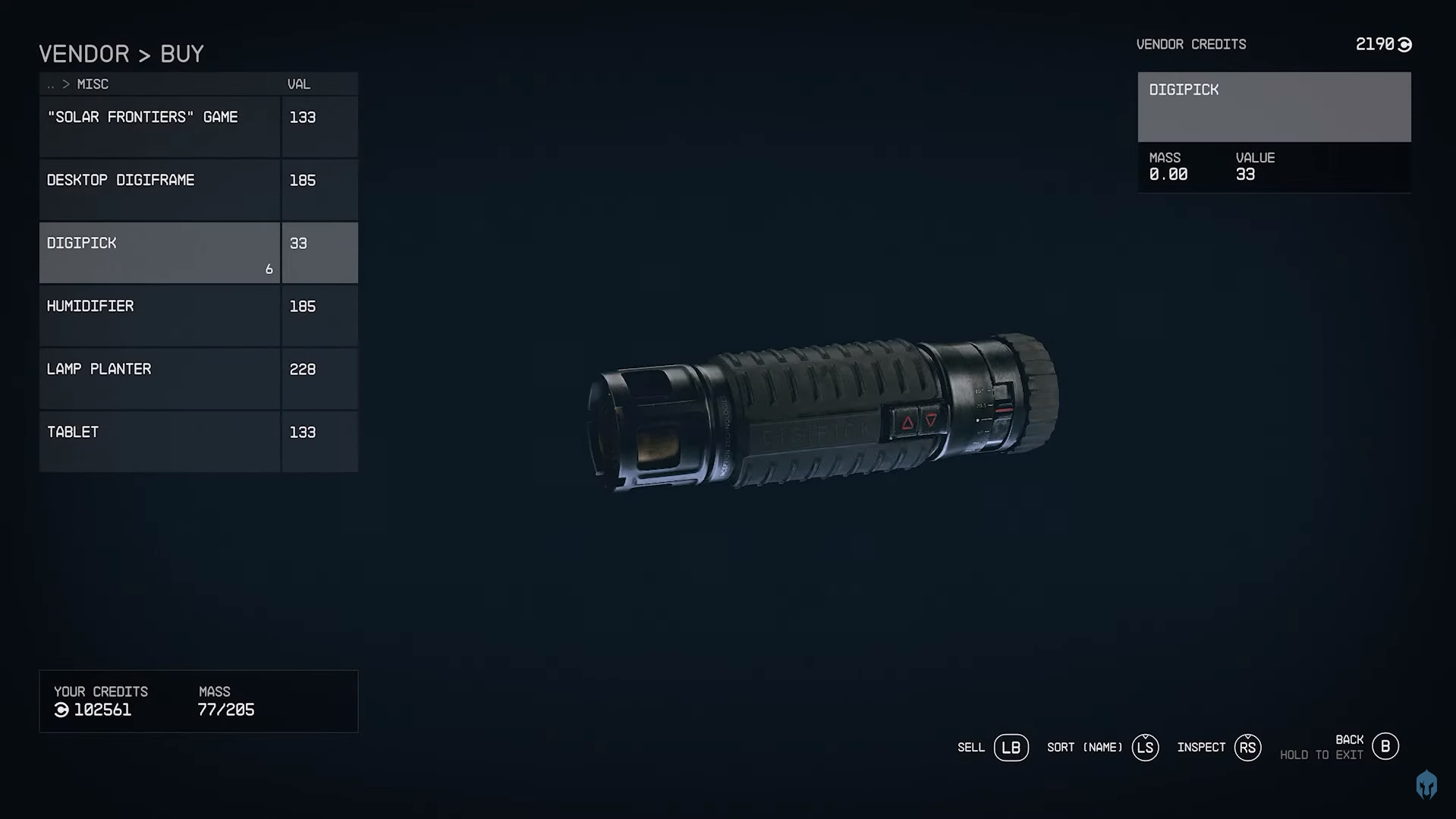#All you need to Know about Malaria in Angola

Table of Contents
“#All you need to Know about Malaria in Angola”
As an expat living in Angola, we often hear talks about malaria, as an ordinary thing! At some point “everyone” had malaria, or had a close friend who had malaria. But, there are many doubts about the disease, we know we had them! We hear different and even contradictory information, and it can become very confusing!
One thing is going on vacations to a country with Malaria for one or two weeks, another is living in this country for 3 or more years. So according to information from different doctors, nurses and information from WHO we gathered the information we thought it can be useful for expats.
Malaria or Paludismo? What’s the difference?
Sometimes we hear Paludismo, sometimes Malaria, and it’s often difficult to understand if it’s the same disease, or different and which one is worse…
Malaria and Paludismo is exactly the same thing, but in Angola, the term Paludismo is used more often.
What causes Malaria / Paludismo?
It is caused by the bite of the female Anopheles mosquito, which then infects the body with the parasite Plasmodium. Once an infected mosquito bites a human and transmits the parasites, those parasites multiply in the host’s liver before infecting and destroying red blood cells.
An incubation time occurs before the first symptoms appear, this period usually varies from 7 to 16 days, according to the species of parasite. There are more than 100 types of Plasmodium parasites. In Angola, the most common parasites are P. falciparum P. vivax and P. Malariae. The P. falciparum is responsible for 92% of all cases of the disease.

Symptoms of Malaria
The first symptoms of malaria are non-specific and similar to those of the flu. These include chills, headache, nausea, vomiting, diarrhea, muscle aches, and fatigue. In young children, it may also present with lethargy, lack of appetite and cough (WHO). There are two categories of Malaria: severe and uncomplicated.

Severe Malaria vs Uncomplicated Malaria
Uncomplicated malaria is diagnosed when symptoms are present but there are no clinical or laboratory signs to indicate a severe infection or the of vital organs. Individuals suffering from this form can eventually develop severe malaria if the disease is left untreated, or if they have poor or no immunity to the disease.
Symptoms of uncomplicated malaria typically last 6-10 hours and come in cycles that occur every second day, although some strains of the parasite can cause a longer cycle or mixed symptoms.
Severe malaria is defined by clinical or laboratory evidence of vital organ dysfunction. This form has the capacity to be fatal if left untreated. The symptoms are impaired conscienceless (gaslow coma score <11), prostration (inability to sit or stand without assistance), multiple convulsions, acidosis, hypoglycemia, abnormal bleeding and signs of anemia, renal impairment, pulmonary edema.
In endemic countries populations are continuously exposed to a high frequency of malarial inoculation, they develop partial immunity to clinical disease, reducing the risk of developing severe malaria.
Note: immunity induced by the presence of the parasite never gives full protection! On the other side travelers who acquire malaria are often non-immune! People living in endemic countries are at higher risk of severe malaria.

How to Diagnose Malaria
In malaria-endemic areas, malaria should be suspected in any patient presenting a history of fever or temperature above 37,5 with no other obvious cause. The clinical features of uncomplicated malaria are non-specific, and diagnosing it requires blood testing. The WHO strongly advise parasitology confirmation by microscopy or a rapid diagnostic test (RDT). In Angola, the first step is to go to a clinic when you have any of the symptoms and do the test – “Gota espessa”. (thick blood)
Gota espessa is the method officially adopted in Angola for the diagnosis of malaria. This exam is simple, effective, low-cost and easy to perform. The technique relies on the visualization of the parasite by microscope. It allows for the quantification and monitoring of the parasite and the differentiation between the main species of Plasmodium.

RDT is tested for the detection of the antigenic components.
You can do these tests in any big clinic and in health centers. When you have one of the symptoms you should do the Gota Espessa test. Sometimes the results of the first test can be negative, but if you have symptoms you should repeat the test 3 times before crossing of the possibility of having malaria. If the test is positive you should immediately start the treatment. There are no false positives!
Malaria Prevention in Angola
Everybody should already have heard about this, but it is never enough to repeat Prevent mosquito bites:
- Cover exposed skin by wearing long-sleeved shirts, long pants especially at night when they are more active;
- Use an appropriate insect repellent as directed (repellents must have DEET to be effective);
- Use flying-insect spray indoors around sleeping areas;
- Avoid having water container indoors;

Should an Expat take anti-malarial long-term?
Long-term travelers are defined as non-immune travelers staying in malaria-endemic countries for ≥6 months. According to CDC (Centers for Disease Control and Prevention), expatriates who live where malaria is hyper – or holoendemic should be encouraged to take continuous chemoprophylaxis during the high-transmission periods and to be on standby for the rest of the season.
The risk of serious side-effects associated with the long-term prophylactic use of chloroquine is low, but retinal toxicity is of concern when a cumulative dose of 100 g of chloroquine is reached. Anyone who has taken 300 mg of chloroquine weekly for more than 5 years and requires further prophylaxis should be screened twice yearly for early retinal changes. If daily doses of 100 mg chloroquine have been taken, screening should start after 3 years.
Data indicate no increased risk of serious side-effects with long-term use of mefloquine if the drug is tolerated in the short-term. Pharmacokinetic data indicate that mefloquine does not accumulate during long-term intake.
This is a controversial topic and we didn’t get to any definite conclusion. There is strong evidence that you should take anti-malarial, even long term! But there is no evidence for how long you can take them. And there is also evidence of the hazards of taking anti-malaria for long periods of time. So we will leave it to each one’s criteria, and more importantly according to your doctor’s recommendation.
Do you have any other doubts about malaria?
Bibliography
- ADPP Angola and Ministério da Saúde e o Programa Nacional de Controlo da Malária. “Manual do Professor do Controlo da Malária”. 2006
- WHO, Malaria report 2015
- WHO, Guidelines for the treatment of malaria 3rd edition.
- Lam, Peter. “Malaria: Causes, Symptoms and Treatments.” Medical News Today. MediLexicon, Intl., 23 Feb. 2016. Web. 18 May.2016 – http://www.medicalnewstoday.com/articles/150670.php
- CDC (Centers for Disease Control and Prevention), Malaria and Travelers
- Ações de Controle da Malária – Manual para Profissionais de Saúde na Atenção Básica, Ministério da Saude do Brasil, 2005
A big thank you to my friend Raquel, who is a nurse working in Angola and listened to all my doubts about Malaria.
If you liked the article, do not forget to share it with your friends. Follow us on Google News too, click on the star and choose us from your favorites.
For forums sites go to Forum.BuradaBiliyorum.Com
If you want to read more Like this articles, you can visit our Trip & Travel category.




